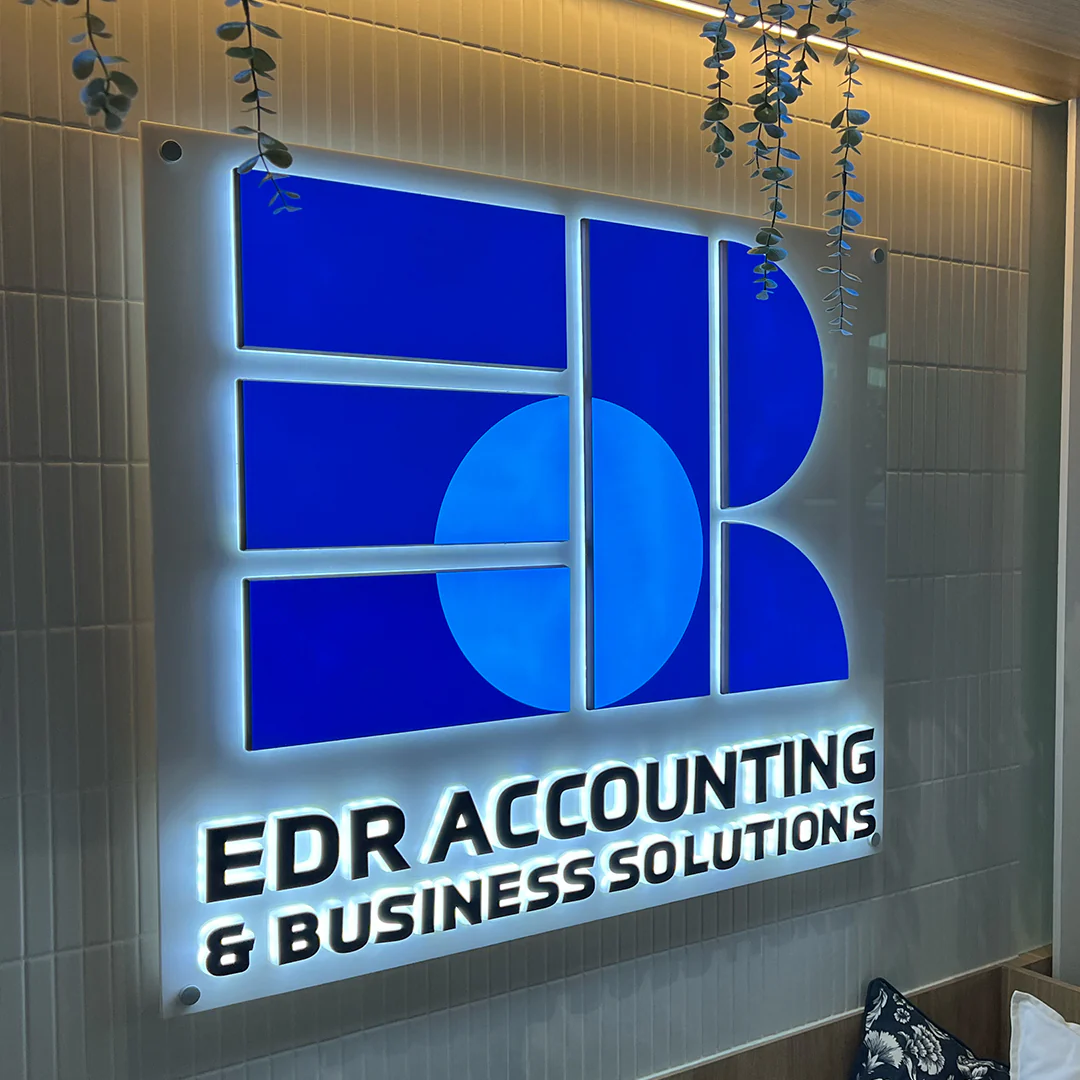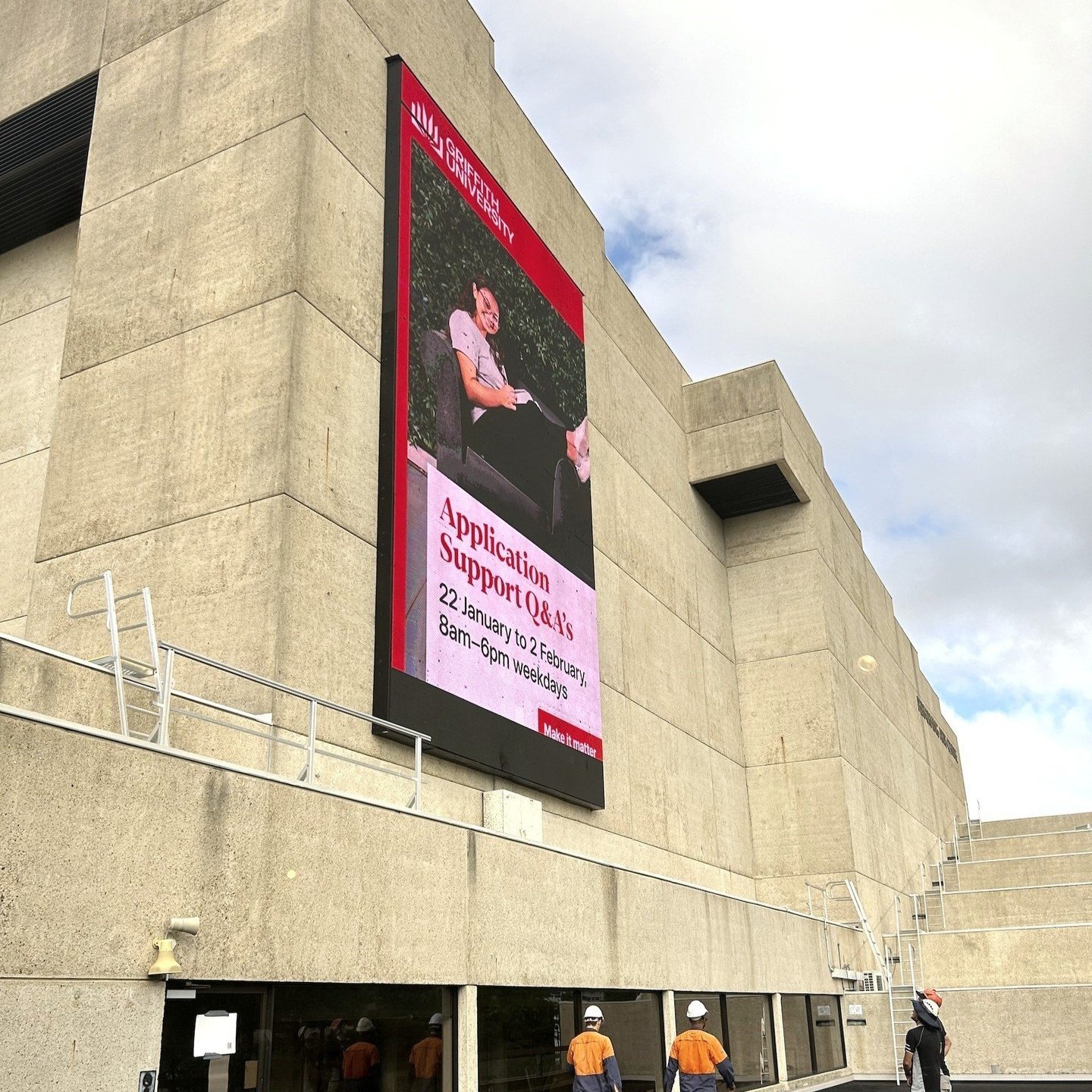There are significant electrical safety hazards in roof spaces. Whether you're a homeowner, renter or a tradesperson, you can ensure safety by turning off all the main power switches at the switchboard before entering the space.
From 1 January 2025, all persons conducting a business or undertaking (PCBUs) and workers carrying out work in or entering a domestic roof space must comply with new legislative requirements. Penalties apply for non-compliance.
Here are some key facts about the changes to Queensland's electrical safety laws made by the ESOLA Regulation 2024, as outlined by Work Safe Queensland.
What PCBUs and workers should know before entering or carrying out work in the roof space of a domestic building
From 1 January 2025, workers are prohibited from working in or otherwise entering the roof space of a domestic building unless:
relevant electrical installations are de-energised (i.e. the power is turned off); or
either of the exempted circumstances apply (and additional safety measures are undertaken, including a risk assessment, statement for the work or entry, and compliance with record keeping requirements). Exempted circumstances are where
it is not reasonably practicable to carry out the work or enter while the electrical installation is de-energised; or
the thing (non-electrical equipment) needs to be energised in order to test, service or commission the thing.
Penalties will apply to persons conducting a business or undertaking (PCBU) and workers who fail to comply with these new requirements.
This new requirement applies to all:
types of work, including plumbing, pest control, insulation activities, gas fitting, roof and ceiling repair, and electrical work (including air-conditioning installation)
situations where any part of your body enters the roof space (including just your hand or moving through the roof space to access the roof)
Class 1, 2, and 10a buildings under the Building Code of Australia include houses, duplexes, apartments, townhouses, sheds, garages, guest houses, small hostels and boarding houses.
What homeowners or tenants should know before workers enter or carry out work in their roof space
If a worker is coming to your home to perform tasks or enter the roof space, you can help ensure their safety by turning off the power. To prepare, know the location of your fuse box and charge your phones and laptops in advance.
While it is not a requirement, we strongly recommend you turn off the power before you or a family member enters the roof space.
To learn more about the potential dangers of entering your roof space while the power is on, visit the website about ceiling spaces.
Need a licensed electrician to enter or carry out work in the roof space?
Remember never to do your own electrical work—it's illegal and can invalidate your home insurance. Installing or repairing electrical equipment or cables must only be done by a licensed electrician.
If you need assistance to enter the roof space to carry out electrical work, please contact our team of Gold Master Electricians via the Contact Us section.
Sources: Work Safe QLD

















